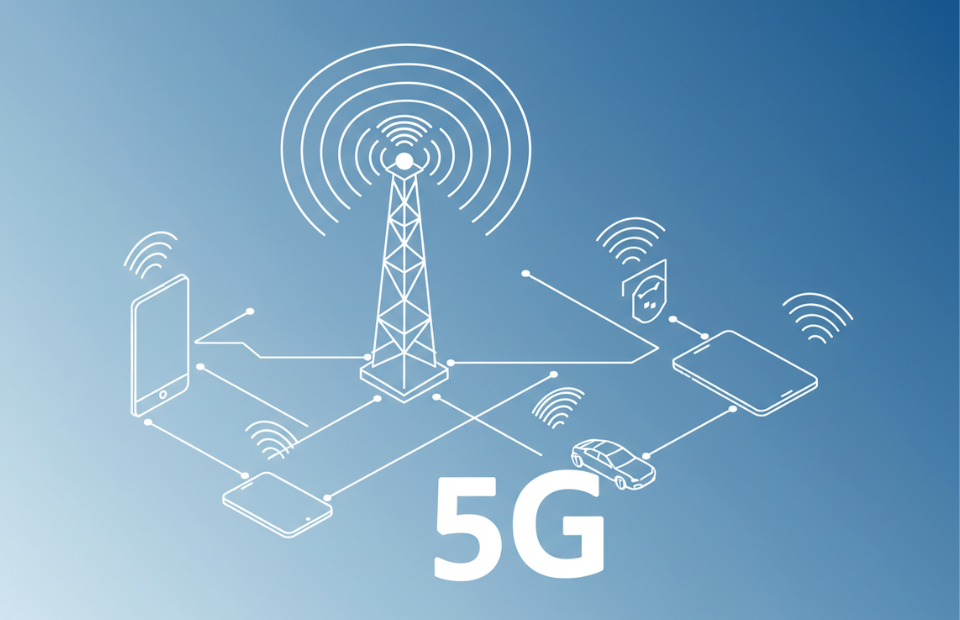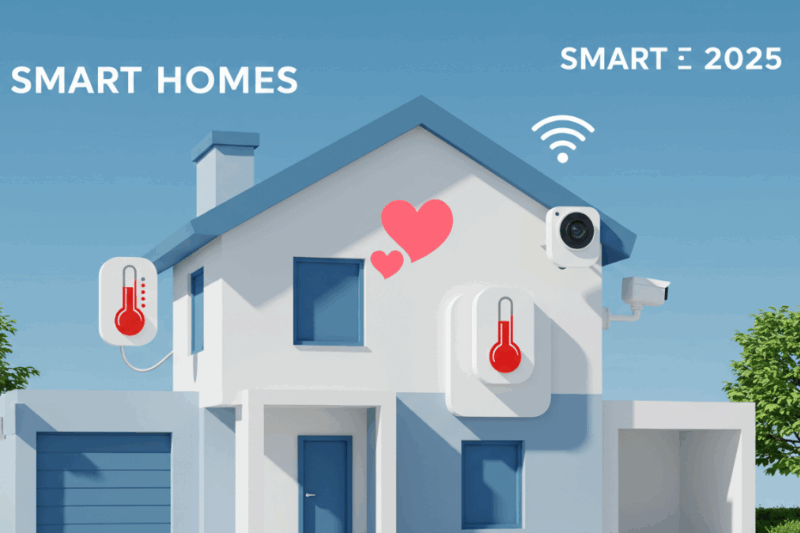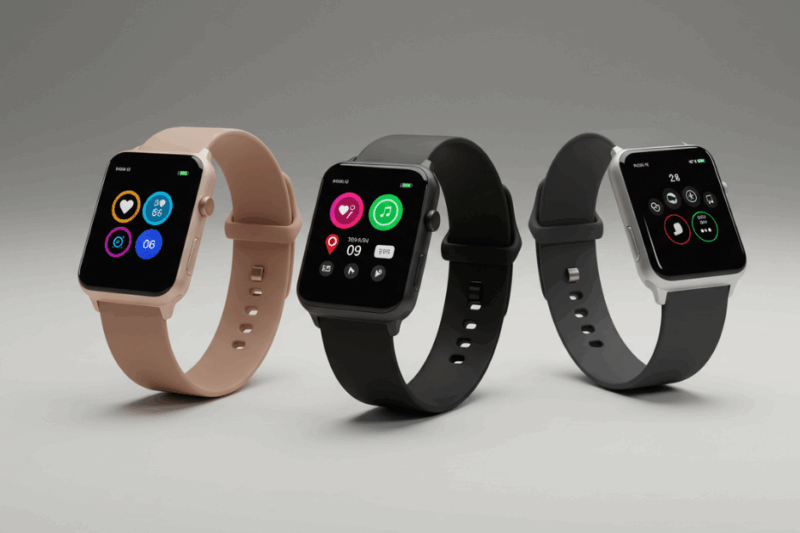The term “5G” has been making waves in the tech world, promising faster internet speeds, reduced latency, and the potential to revolutionize industries. But what exactly is 5G, how does it work, and why should you care? In this article, we’ll break down the basics of 5G technology and explore its significance in our increasingly connected world.

What is 5G?
5G stands for “fifth generation” wireless technology. It is the latest evolution in mobile network technology, succeeding 4G LTE. While previous generations of wireless networks focused on improving speed and connectivity for mobile devices, 5G is designed to go beyond that. It aims to support a wide range of applications, from high-speed streaming on smartphones to powering smart cities and autonomous vehicles.
At its core, 5G is about more than just faster download speeds. It represents a fundamental shift in how devices connect to the internet and communicate with each other. By leveraging advanced technologies like millimeter waves, small cells, and massive MIMO (Multiple Input Multiple Output), 5G can deliver unparalleled performance and reliability.
How Does 5G Work?
To understand how 5G works, it’s important to know that it operates on three key frequency bands: low-band, mid-band, and high-band (millimeter wave). Each of these bands has unique characteristics that contribute to the overall functionality of 5G networks.
- Low-Band Spectrum
Low-band frequencies are similar to those used in 4G networks. They offer broad coverage and can penetrate walls and other obstacles effectively. However, they lack the ultra-fast speeds associated with 5G’s full potential. - Mid-Band Spectrum
Mid-band frequencies strike a balance between coverage and speed. They provide faster data rates than low-band while still offering decent coverage. Mid-band is often used for urban and suburban areas. - High-Band (Millimeter Wave) Spectrum
High-band frequencies, also known as millimeter waves, are where 5G truly shines. These frequencies can deliver lightning-fast speeds and ultra-low latency. However, they have limited range and struggle to penetrate obstacles like buildings or trees. To address this challenge, 5G networks use “small cells” — miniature base stations that enhance coverage in densely populated areas.
Another critical component of 5G technology is massive MIMO, which uses multiple antennas to send and receive data simultaneously. This increases network capacity and ensures more devices can be connected without experiencing slowdowns.
Key Features of 5G
5G introduces several features that set it apart from previous generations:
- Blazing Fast Speeds
With theoretical speeds of up to 10 Gbps (gigabits per second), 5G is significantly faster than 4G LTE. This means you can download movies, games, or large files in seconds rather than minutes. - Ultra-Low Latency
Latency refers to the delay between sending a request and receiving a response. 5G reduces latency to as low as 1 millisecond (ms), compared to around 50 ms on 4G networks. This is critical for real-time applications like online gaming, virtual reality (VR), and autonomous vehicles. - Massive Device Connectivity
5G can support up to 1 million devices per square kilometer, making it ideal for the Internet of Things (IoT). From smart home devices to industrial sensors, 5G enables seamless communication between a vast number of connected gadgets. - Network Slicing
This feature allows network operators to create multiple virtual networks within a single physical infrastructure. For example, one slice could be optimized for gaming, while another is tailored for medical applications.
Why Does 5G Matter?
The impact of 5G extends far beyond faster internet on your smartphone. It has the potential to transform industries and improve our daily lives in ways we’re just beginning to imagine. Here are some key areas where 5G is expected to make a difference:
- Healthcare
With its low latency and high reliability, 5G can enable remote surgeries using robotic systems, real-time patient monitoring, and faster transmission of large medical imaging files. This could revolutionize healthcare access in rural or underserved areas. - Transportation
Autonomous vehicles rely on real-time data exchange to navigate safely. 5G’s ultra-low latency ensures vehicles can communicate with each other and with traffic infrastructure instantly, reducing accidents and improving traffic flow. - Smart Cities
From smart streetlights that adjust based on traffic patterns to waste management systems that optimize collection routes, 5G will power the infrastructure needed for efficient and sustainable urban living. - Entertainment and Gaming
Streaming ultra-high-definition content without buffering and immersive gaming experiences through augmented reality (AR) or virtual reality (VR) are just the beginning of what 5G can offer in entertainment. - Industrial Automation
Factories equipped with IoT sensors and robots can use 5G for real-time monitoring and control, leading to increased efficiency and reduced downtime. - Education
Remote learning can be enhanced with virtual classrooms powered by AR/VR technology, providing students with interactive and engaging experiences regardless of their location.
Challenges Facing 5G
Despite its promise, the rollout of 5G isn’t without challenges:
- Infrastructure Requirements
Building a robust 5G network requires significant investment in infrastructure, including new cell towers and small cells for high-band frequencies. - Limited Coverage
While low- and mid-band frequencies provide good coverage, high-band frequencies are limited to specific areas due to their short range. Expanding coverage will take time. - Device Compatibility
Not all devices are equipped to handle 5G connectivity yet. Consumers will need to upgrade their smartphones or other gadgets to take full advantage of the technology. - Security Concerns
With more devices connected than ever before, ensuring the security of 5G networks is a top priority. Cybersecurity threats could pose risks to critical infrastructures like healthcare or transportation systems.
The Future of 5G
As 5G networks continue to expand globally, their potential applications will only grow. From enabling futuristic technologies like holographic communication to supporting advancements in artificial intelligence (AI), 5G is set to be a cornerstone of the digital age.
However, it’s important to remember that widespread adoption will take time. While some countries are already leading the charge in deploying 5G infrastructure, others are still in the early stages. As the technology matures, we can expect even more innovative use cases to emerge.
Conclusion
In summary, 5G represents a monumental leap forward in wireless technology. By delivering faster speeds, lower latency, and improved connectivity, it has the power to transform industries and enhance our daily lives in countless ways. While there are challenges to overcome, the potential benefits of 5G far outweigh the hurdles.
Whether it’s enabling smarter cities, safer transportation systems, or more immersive entertainment experiences, 5G is poised to shape the future of how we live, work, and connect with one another. As this revolutionary technology continues to unfold, one thing is clear: the possibilities are endless.


